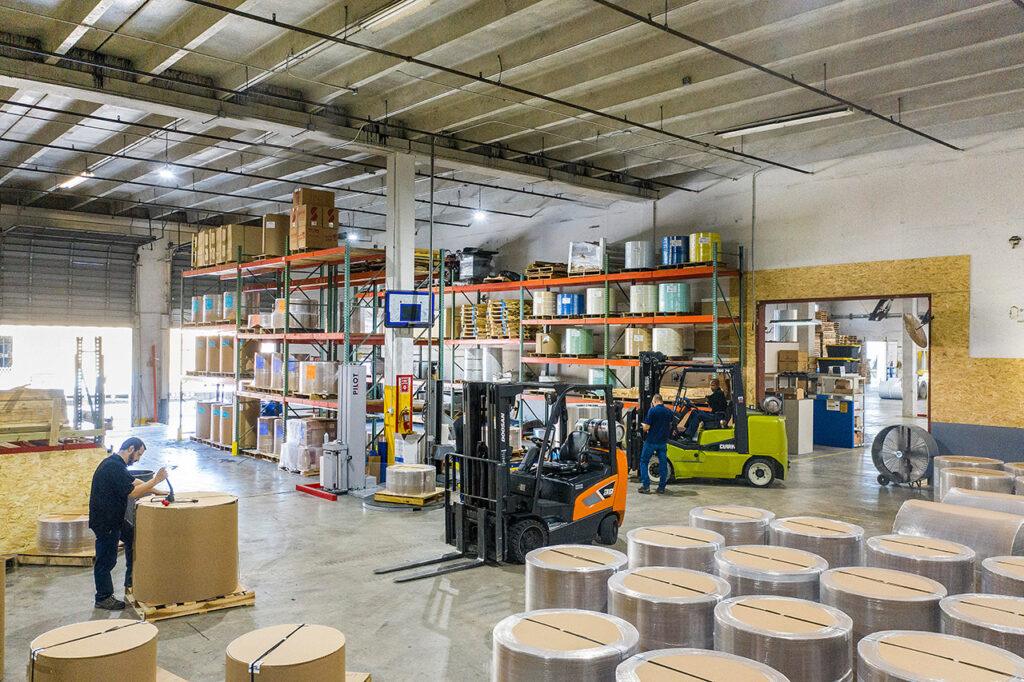Choosing Embossed Aluminum Coil: What to Ask Before You Buy
Introduction
When selecting an embossed aluminum coil, the first step should always be understanding the end use of the material. In many applications, embossing isn’t just a design choice—it’s a performance requirement. The texture or pattern may be specified to achieve a particular look, such as a refined surface finish for decorative panels, or to enhance functionality, such as improving rigidity or durability.
While factors like price and gauge are always key considerations, the embossing pattern directly affects how the aluminum will perform once installed. By adding texture, the metal surface is slightly work-hardened, improving its strength and resistance to wear. At the same time, the embossed finish can reduce reflectivity, add slip resistance, or provide a distinctive aesthetic that elevates the finished product.
Ultimately, choosing the right embossed aluminum coil means matching both appearance and performance to the application—balancing cost, finish, and long-term durability from the start.
What emboss pattern is used? What depth?
The emboss pattern on the aluminum coil means the specific design that is pressed onto the surface of the aluminum coil. It can be stucco, or woodgrain / cedar effects. For each type of embossed pattern on aluminum, there is a different purpose. For instance, stucco reduces reflectivity while adding strength. Then the woodgrain pattern provides a refined texture and added grip for protective or decorative applications.

The depth and density of the embossing on the coil determine the visibility and performance of the texturing done. Shallow embossing offers just a subtle surface variation. It is ideal for decorative or cladding use. Then there are deeper and denser patterns. They enhance durability, rigidity, and grip. In short, the right emboss pattern and depth should always reflect the end-use requirements—whether the goal is visual appeal, added stiffness, slip resistance, or a specific tactile finish.
Why is it important to understand alloy & gauge when picking the aluminum coil?
When you have to choose the embossed aluminum coil for your specific need, both the alloy and the gauge (thickness) are critical, as they have a direct impact on performance. Alloys such as 3003 and 3105 provide excellent corrosion resistance as well as high formability. Now, because of this, they are ideal for roofing, siding, and gutters.
Alloy 5052 offers stronger mechanical properties. It has superior resistance, so you can use it in marine or coastal climates. For structural applications where there is a requirement for higher strength, 6061 is preferred. Gauge selection is equally important: thinner coils (around 0.020–0.032 inches) are lightweight. These are easy to bend for flashing or trimming, medium gauges (0.040–0.063 inches), they are ideal for panels, and heavier gauges (above 0.080 inches) are extremely durable, but then shaping them is a task. So when you understand both alloy and gauge, you will be able to pick the coil for intended use—whether that means resisting saltwater corrosion, handling structural loads, or being formed into complex shapes—at the same time controlling cost and ensuring longevity.
Understanding protective film/packaging? How is it handled to avoid damage?

Coatings and finishes on aluminum coils vary depending on the application, and each type offers different performance benefits. Common options include polyester, silicon-modified polyester (SMP), and polyvinylidene fluoride (PVDF) paints, with PVDF providing the highest durability and longest color retention.
Polyester coatings are cost-effective and suitable for interior or less demanding environments, while SMP offers improved chalk and fade resistance for exterior use. For applications where appearance and longevity are critical, PVDF coatings deliver exceptional UV resistance, weather ability, and gloss stability, making them popular for architectural facades and roofing.
Protective clear coats or films may also be applied to safeguard the surface during fabrication and installation. Ultimately, selecting the right coating means balancing cost, environment, and performance requirements to ensure both functional protection and lasting aesthetic value.
Wrap-Up and Tips for Buyers
When purchasing embossed aluminum coil, begin by defining the end use rather than only comparing price or gauge. The right pattern and depth depend on what the material needs to achieve in your project, whether that means enhancing appearance, adding stiffness, reducing glare, or improving surface durability.
If finish or texture plays an important role in your application, review different emboss patterns or request samples to confirm that the final look and performance meet expectations. It is also essential to verify how the material will be packaged, shipped, and handled, since improper protection during transit can affect surface quality before installation.
Finally, speak with your supplier about the alloy, gauge, and emboss options best suited for your application, along with any warranties on surface protection or finish longevity. A supplier that understands how form and function work together, such as Amerimet, can help match the right coil to the intended purpose and ensure long-term value, consistent appearance, and reliable performance.
